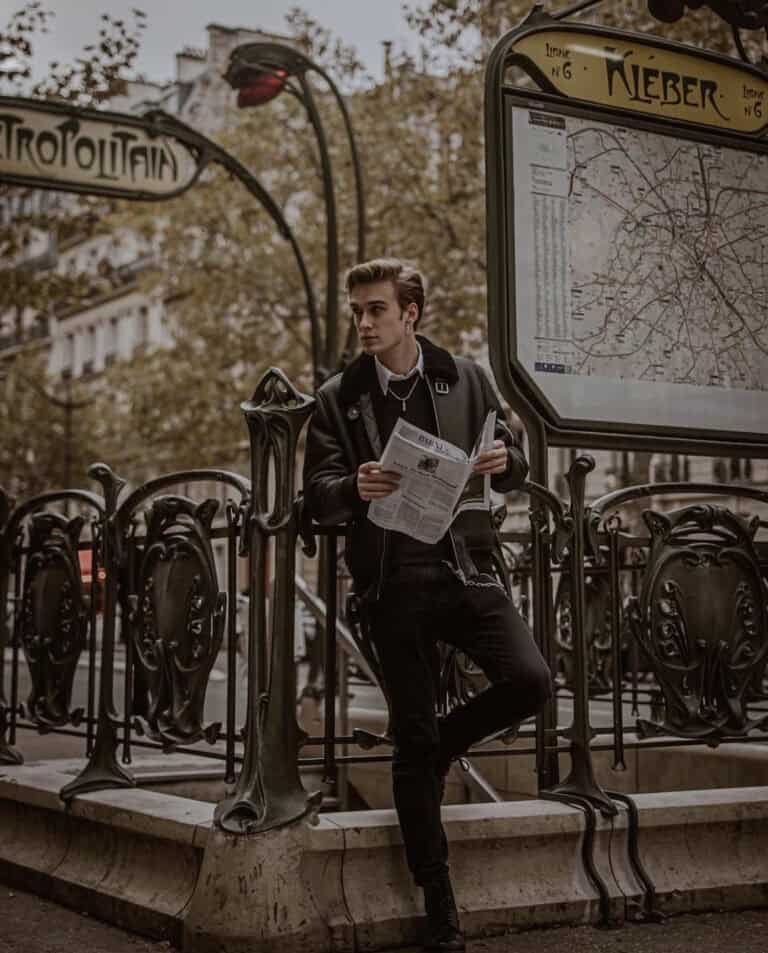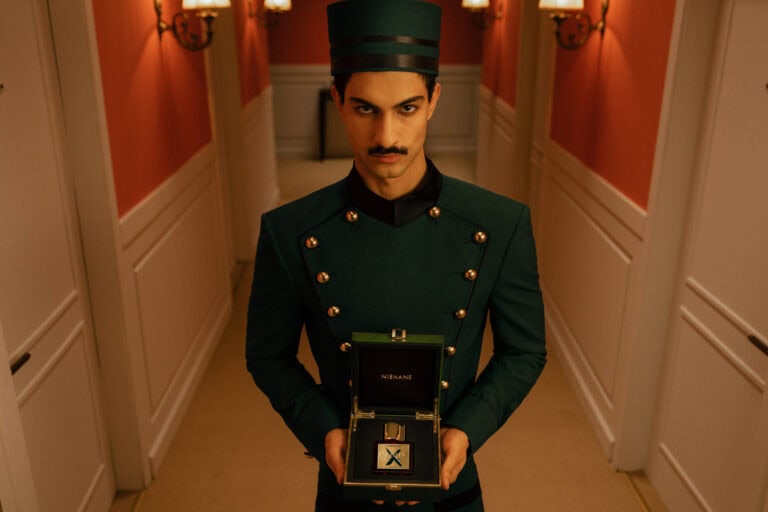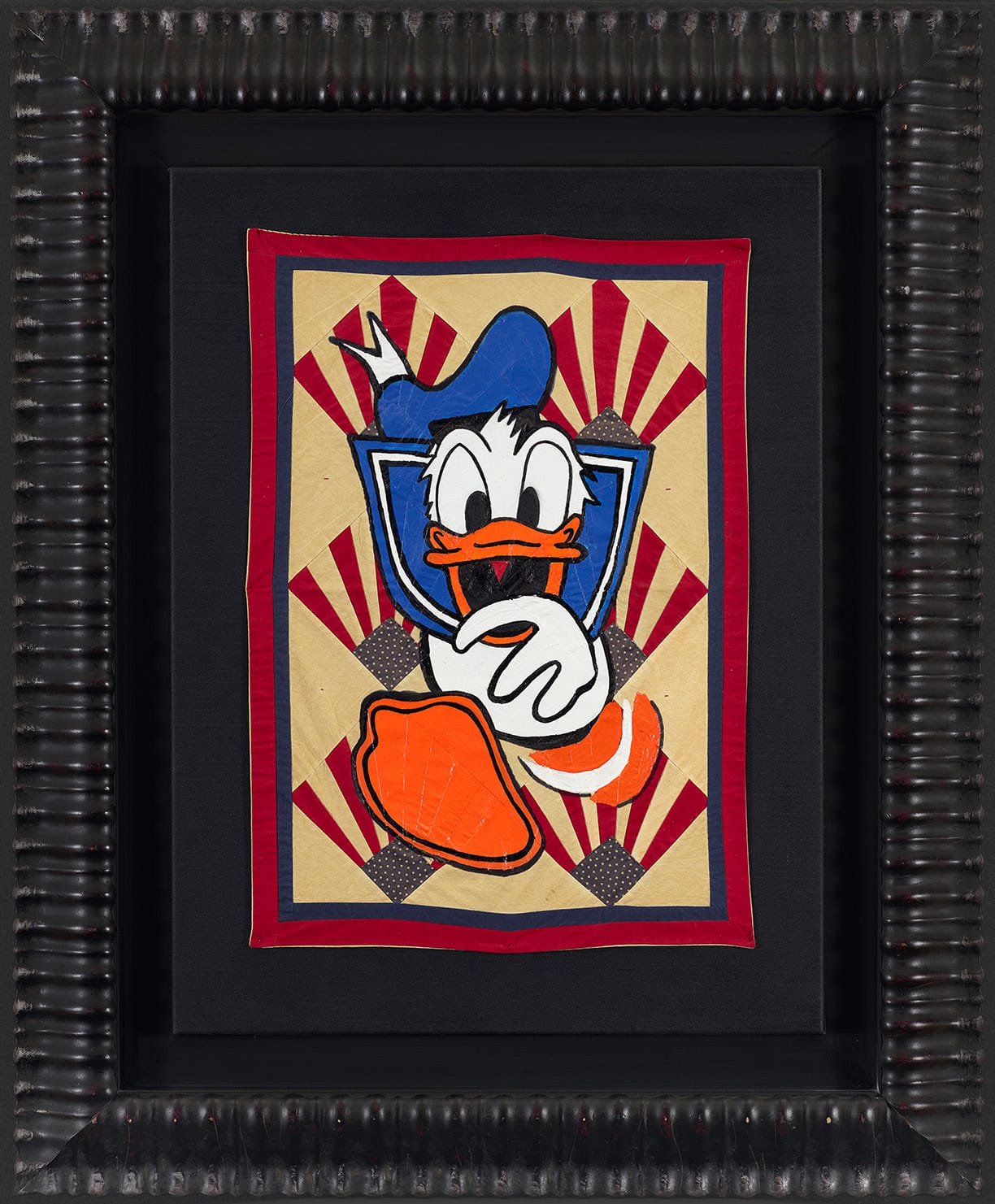
WARHOL/CUTRONE POST-POP GLORY
Marie Loire Moulin
WARHOL/CUTRONE UNMASKS POST-POP GLORY. Two icons, one Factory: Warhol and his right-hand man Cutrone were the perceived masters of Manhattan in the 1970s and 1980s. A cultural collision reimagined for our era. Andy Warhol didn’t just create art, instead he industrialized it. Ronnie Cutrone didn’t just assist, rather, he helped ignite a second explosion. Together, they made the Factory into a stage for postmodern myth. Now, decades later, their creative entanglement returns to the spotlight with Warhol/Cutrone, on view at Zurich’s Galerie Gmurzynska until September 30.
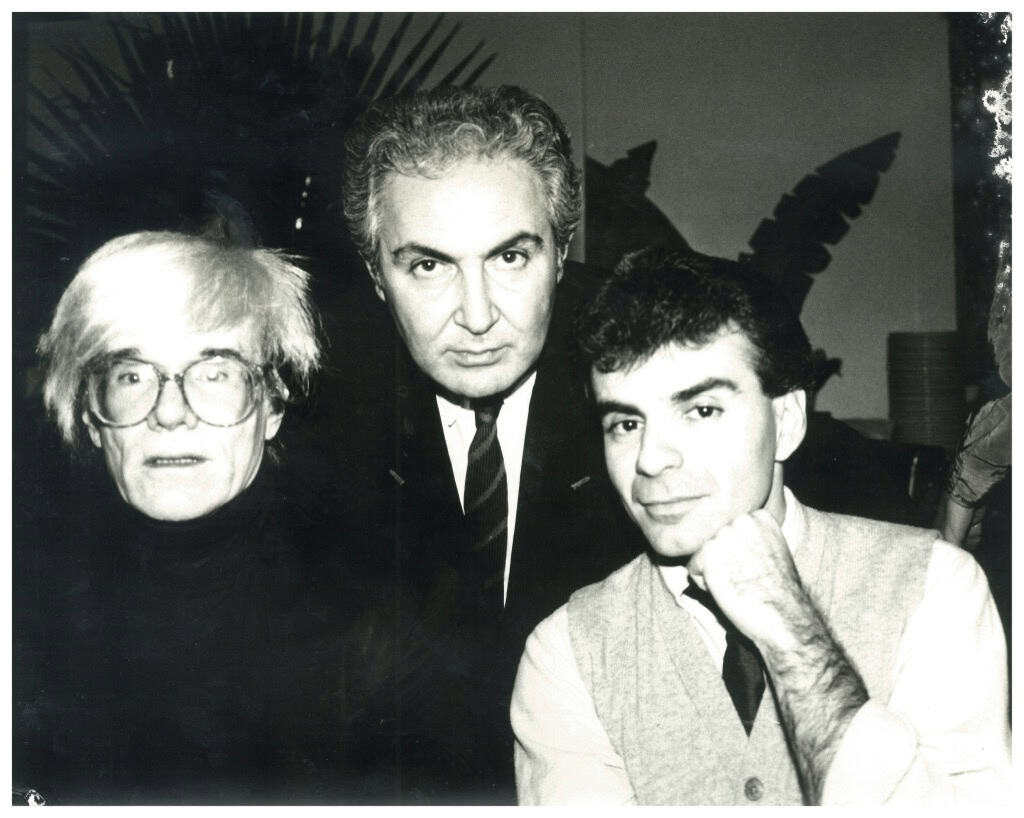
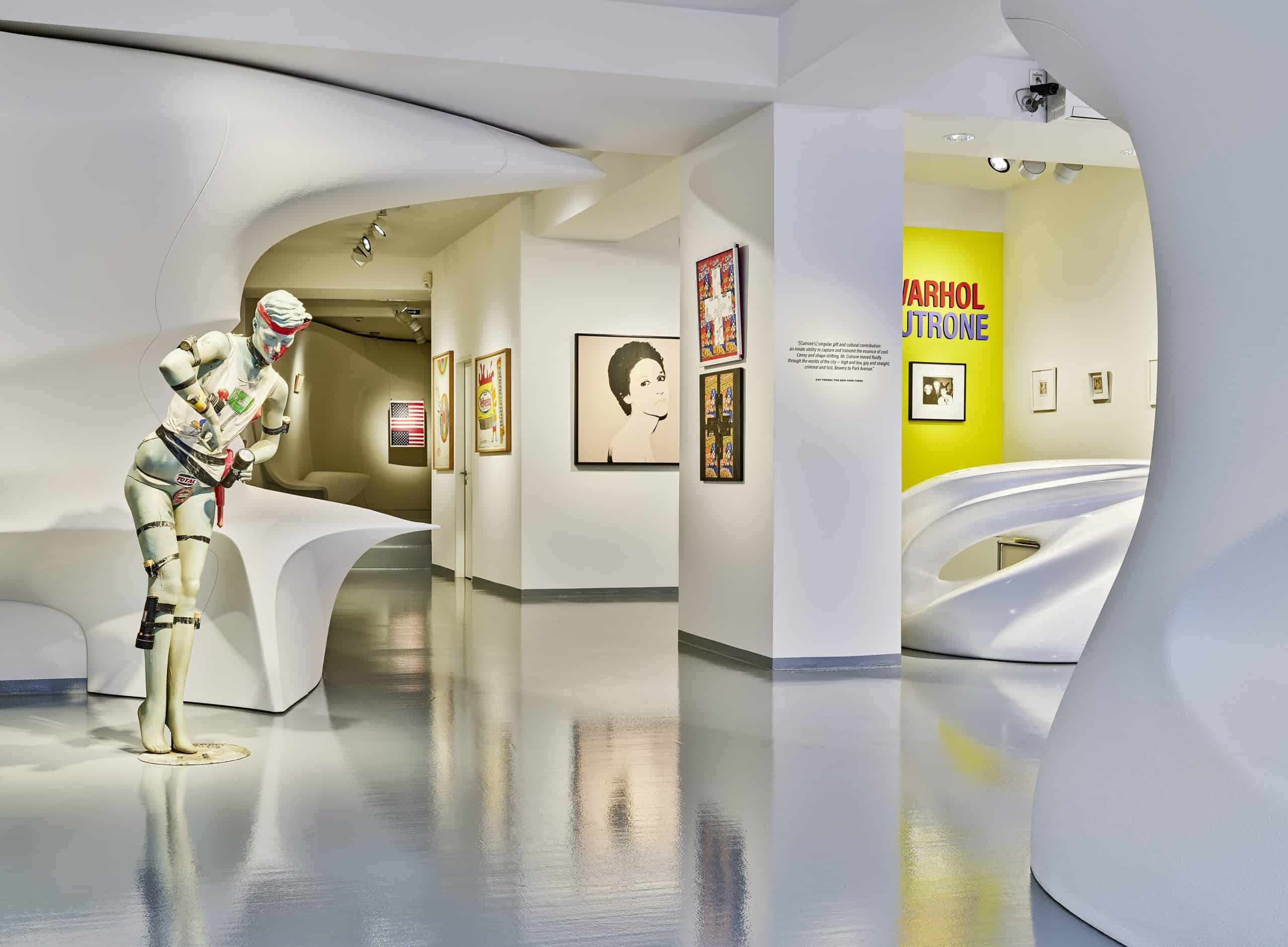
THE FACTORY NEVER REALLY CLOSED
Back then, in the 1970s and early ’80s, Manhattan pulsed with contradiction, gritty and glamorous, dangerous and divine. Warhol, already an oracle of consumerism, saw beauty in repetition. Cutrone, his closest collaborator, gave it bite. Warhol made silkscreens of sex and skulls. Cutrone painted Bugs Bunny like he was Nixon. In fact, they called it Post-Pop before critics did. This show brings their visions back into orbit.
WARHOL/CUTRONE: WHAT TO EXPECT?
Warhol’s rare Polaroids anchor the exhibit. Think Grace Jones. Keith Haring. Candy Darling. Ghosts of a bygone glam. Cutrone’s three-dimensional Factory photographs, shown publicly for the first time, feel like time machines with attitude. Moreover, their joint works—Skulls, Piss Paintings, Ladies and Gentlemen, unfold like a fever dream of American excess.

CUTRONE: THE OTHER WARHOL
Cutrone wasn’t just Warhol’s assistant. He was a performer, a columnist, a rebel in crushed velvet. At first, he joined the Velvet Underground at 16. Then, by 22, he was mixing Warhol’s paints and photographing models for silkscreens. Cutrone understood that art wasn’t sacred, it was spectacle. “Say it loud and clear,” he once said, “because if the whole world gets it, the art world will too.” Above all, his cartoon-laced paintings (Bart Simpson, Woody Woodpecker, the American flag) weren’t jokes, they were critiques. As a result, the art world didn’t know whether to laugh or panic. “One thing I picked up from Andy: say loud and clear because if the WHOLE world gets it, the art world will get it too.” – Ronnie Cutrone.
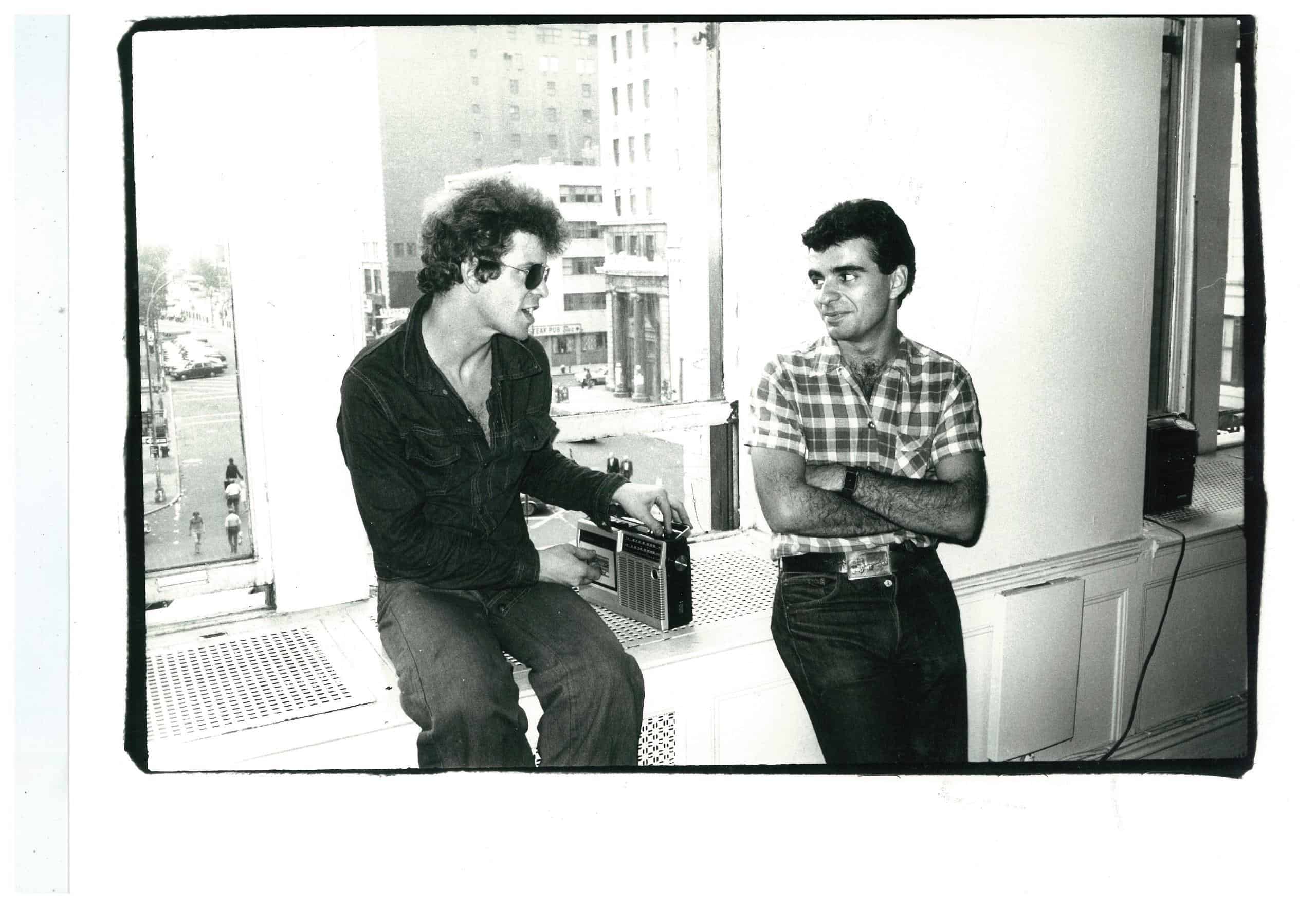
“Ronny Cutrone was a painter and illustrator known for his Post-Pop imagery featuring cartoon characters like Woody the Woodpecker, Bart Simpson, and Bugs Bunny. Cutrone’s life and career make us remember New York at its creative apex. Reminiscing of another era, Cutrone said, “New York was elegant and sleazy. Now it’s a shopping mall for dot-commers. We need our crime rate back. I want my muggers and hookers back.” – James Hedges
WARHOL/CUTRONE: TIME CAPSULE OR MIRROR?
This show is more than nostalgia. Rather, it’s a reminder: fame, irony, politics, they haven’t changed. Just the filters have. Even now, in a world obsessed with image, Warhol and Cutrone still speak loud. They predated Instagram. Yet, they understood it better than most who use it today. Ultimately, their Factory was a rehearsal for ours. Ours just scrolls faster.
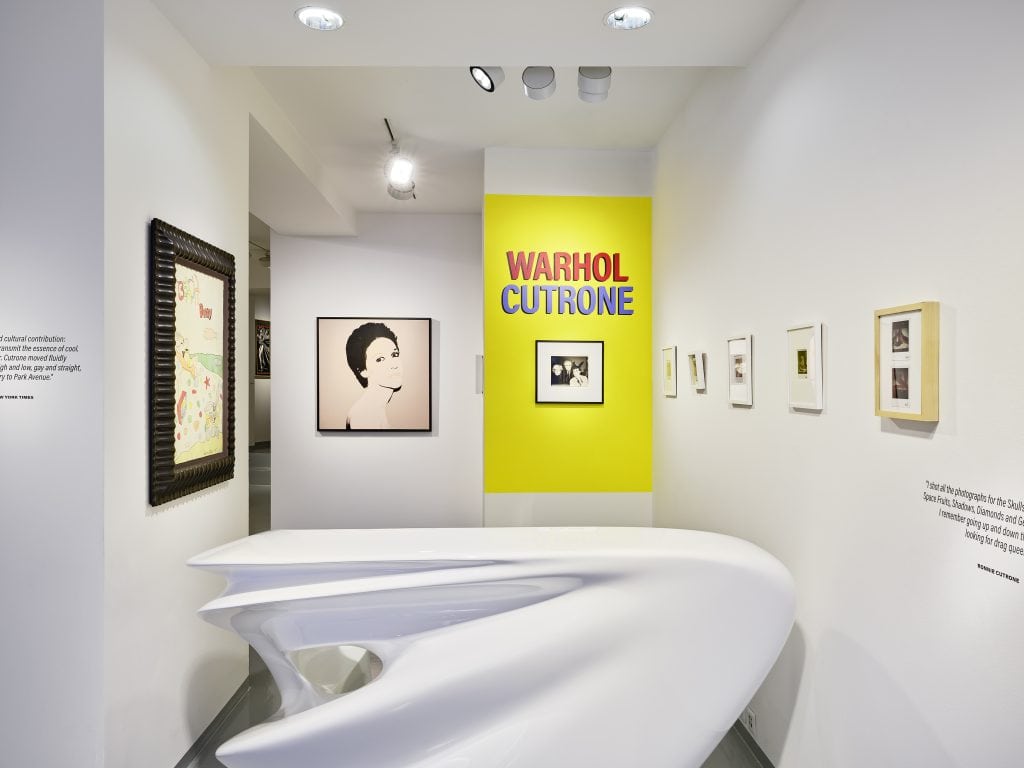
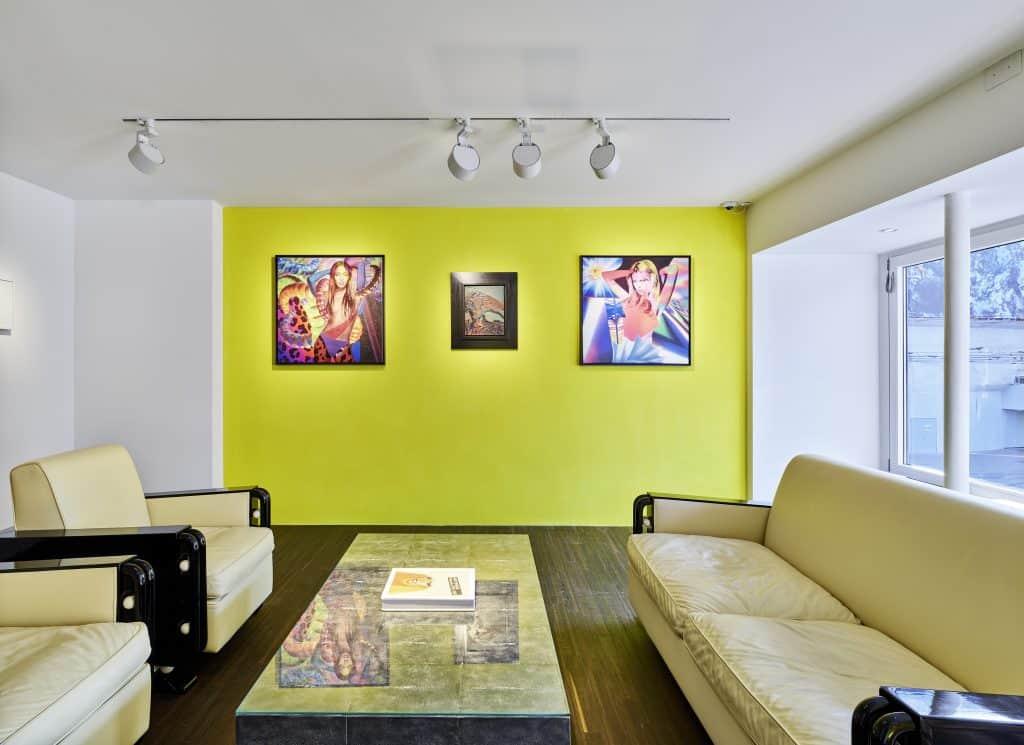
From acid yellow walls to velvet seating, the Warhol/Cutrone experience unfolds slowly. Yet, every detail speaks with intention.
Did you enjoy reading WARHOL/CUTRONE UNMASKS POST-POP GLORY? Also read: Nicole Lala’s poetic fusion of fashion and voice in “Dual Voices” on IRK Magazine
Share this post
Marie Loire Moulin approaches fashion as an immersive language—one that expresses identity, character, and cultural influence. Echoing Jean Cocteau’s observation that “Fashion is what goes out of fashion,” Moulin embraces the paradox at the heart of her craft. For her, fashion is a living, breathing art form—constantly deconstructed, reimagined, and reshaped in response to the world around it.
What fuels Marie Loire’s creativity is the ability to blend worlds—to explore the intersections of fashion, technology, history, and art. She is inspired by how these disciplines collide to generate experiences that are not only visually compelling, but also deeply purposeful.
Moulin is particularly drawn to artistic expressions that serve as bridges—linking cultures, fusing tradition with innovation. Sustainability, for her, is not a buzzword but a foundation. She sees it as a long-term commitment to thoughtful creation, not a passing aesthetic.
As a stylist working with actors on film sets, Marie Loire thrives on transforming a director’s vision into living, breathing characters. Through wardrobe and silhouette, she builds atmospheres that tell stories—stories of emotion, intention, and presence.
Her creative drive extends into virtual reality and immersive art, where she explores how emerging technologies can shift perception and spark connection across cultural boundaries. For Moulin, the digital realm is just another canvas—one that, when used with care, has the potential to resonate as powerfully as the physical world.
Whether on set or in virtual space, Marie Loire seeks originality and depth. Her work is marked by richly layered references, a reverence for detail, and a belief that fashion—at its best—can speak not just to the eye, but to the mind.
Read Next


